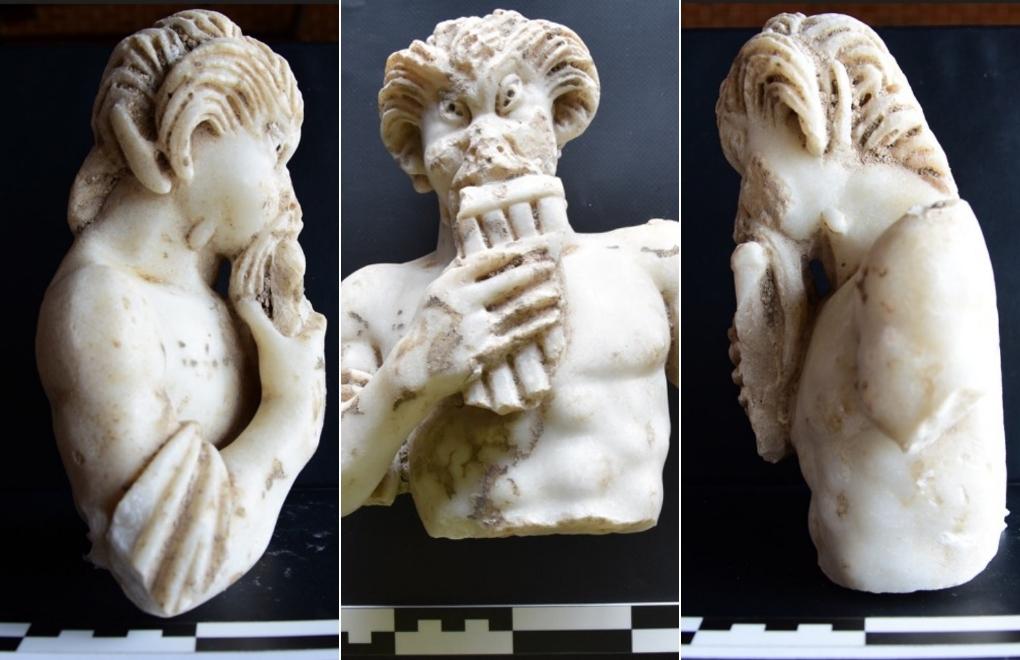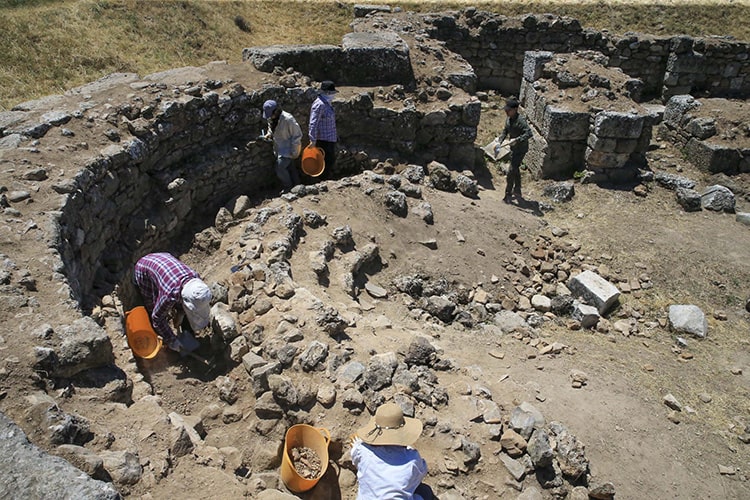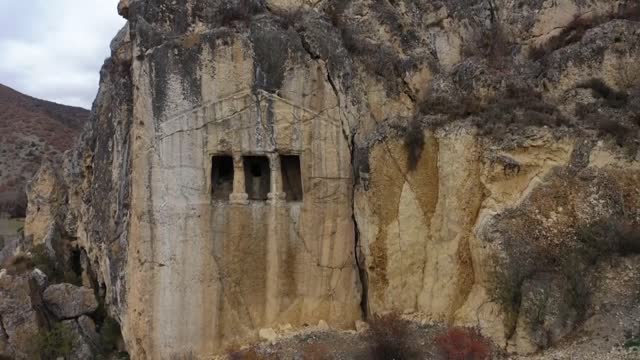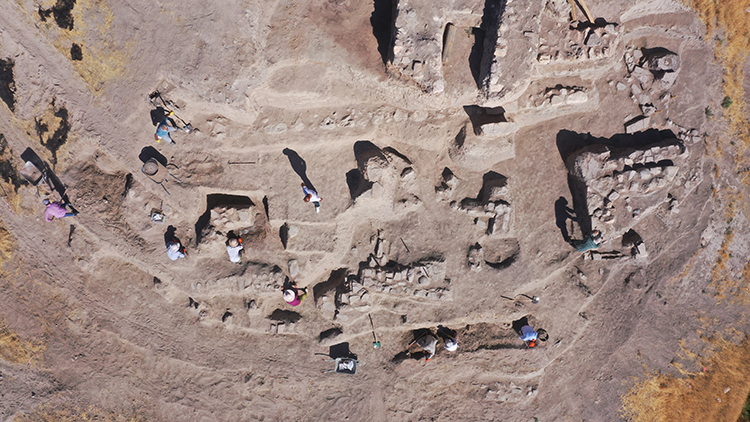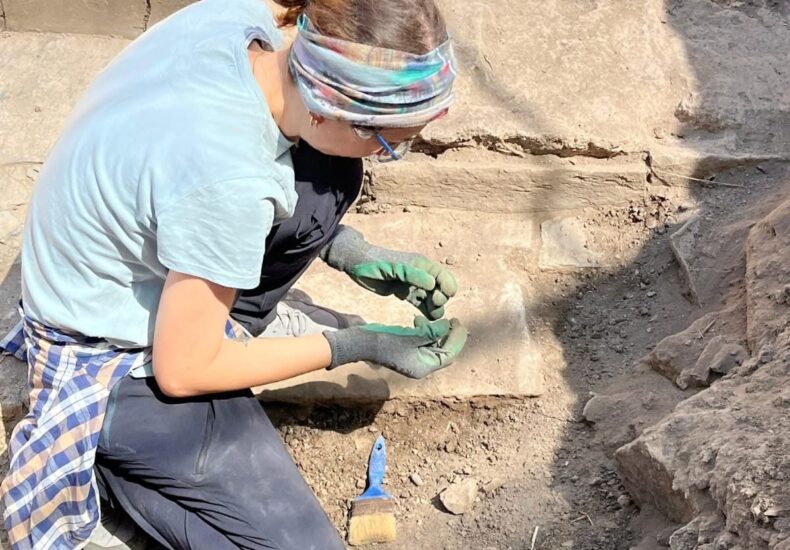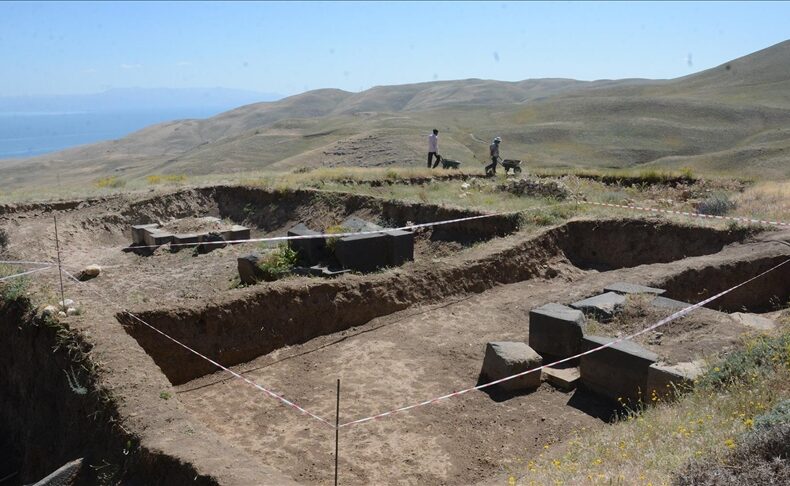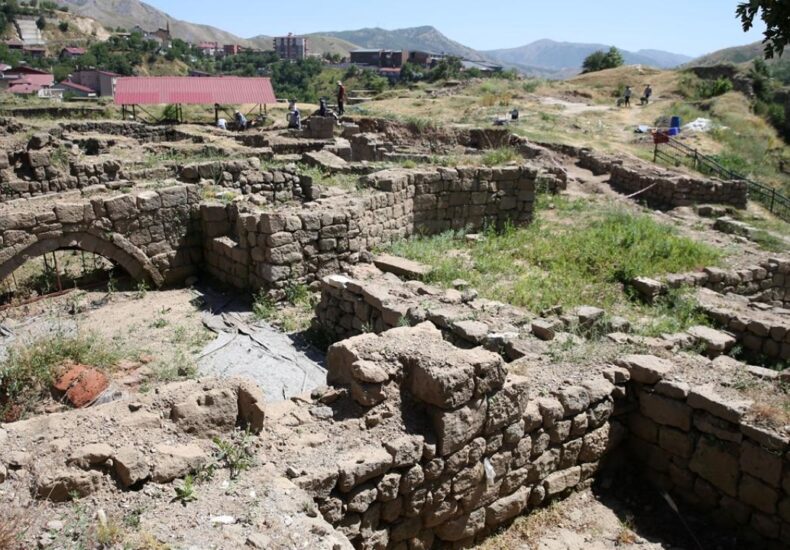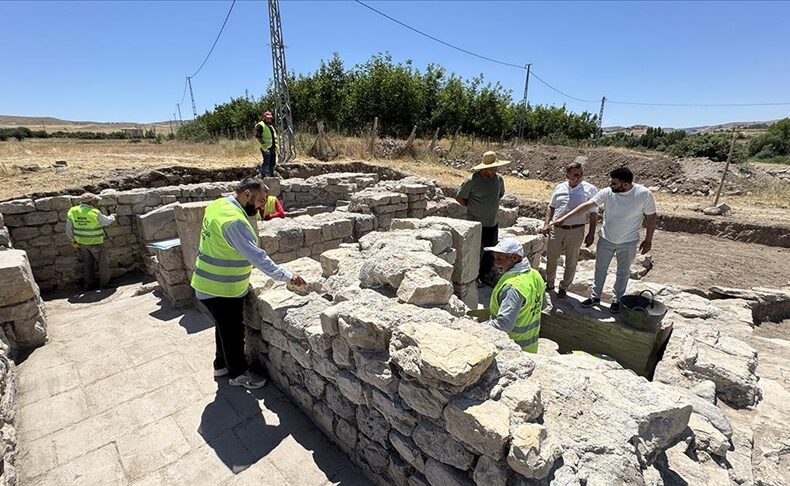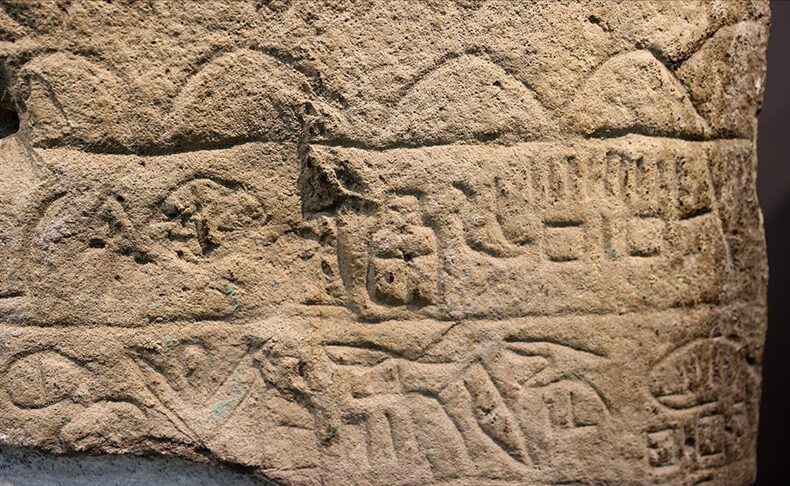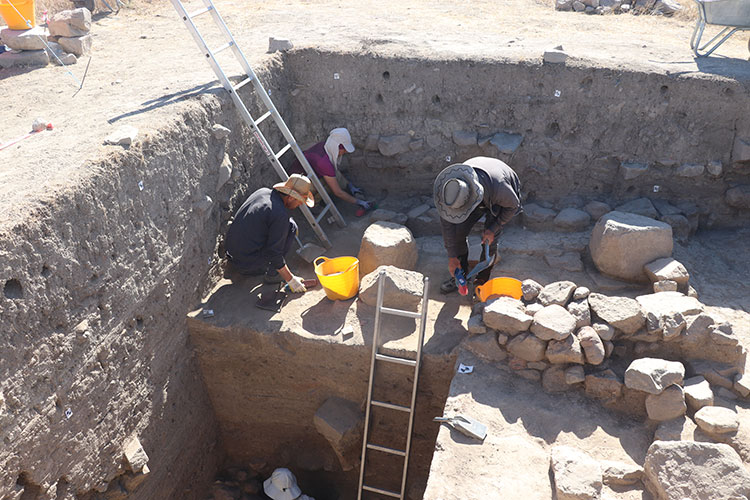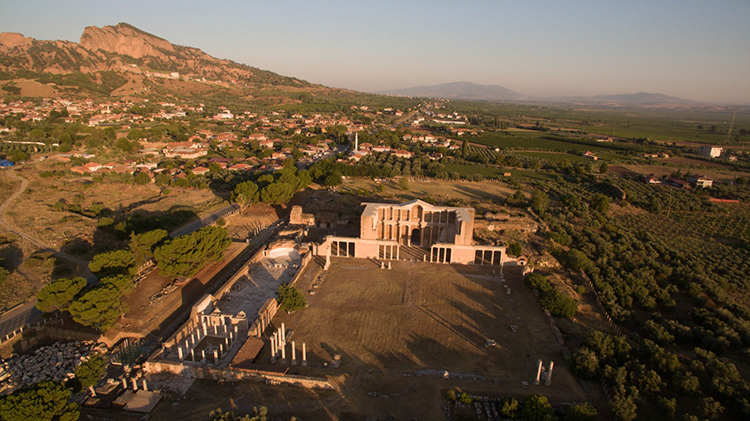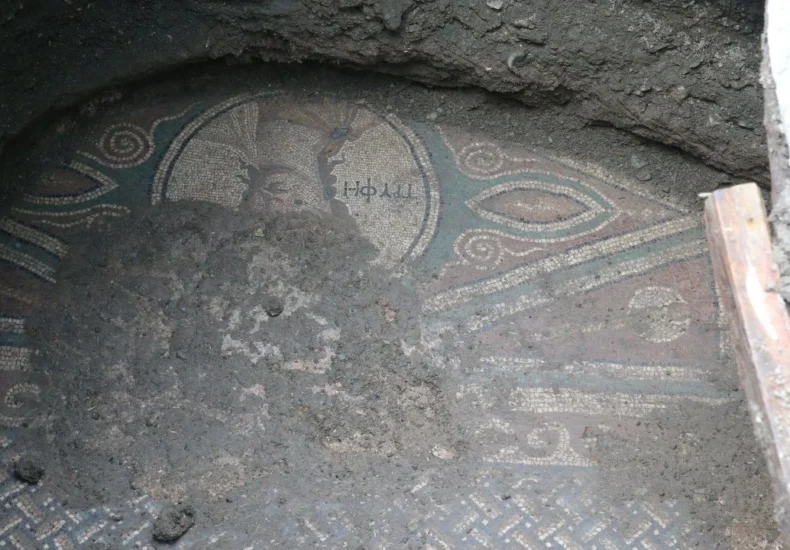3,000-Year-Old Lead-Free Eyeliner Discovered in Iran Reveals Ancient Cosmetic Innovation
Archaeologists in northwestern Iran have uncovered a groundbreaking 3,000-year-old eyeliner made from natural minerals—without any lead—offering rare insight into the beauty rituals and technological sophistication of Iron Age societies. In a remarkable discovery from the Iron Age III period (7th–9th centuries BCE), researchers have identified an entirely lead-free eyeliner formula in the Kani Koter cemetery,






